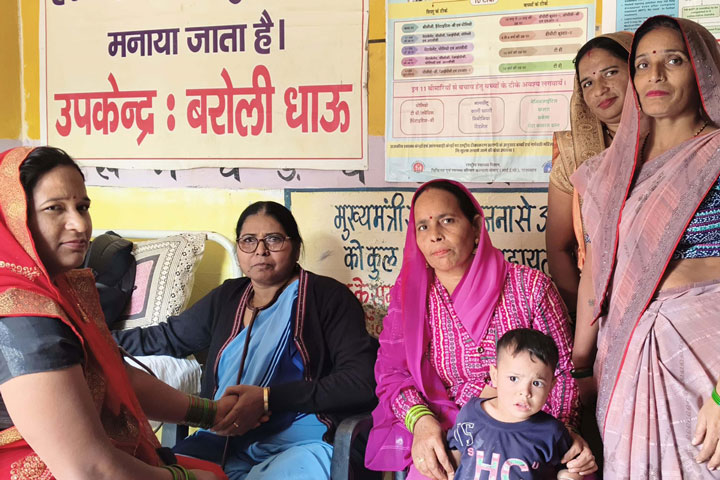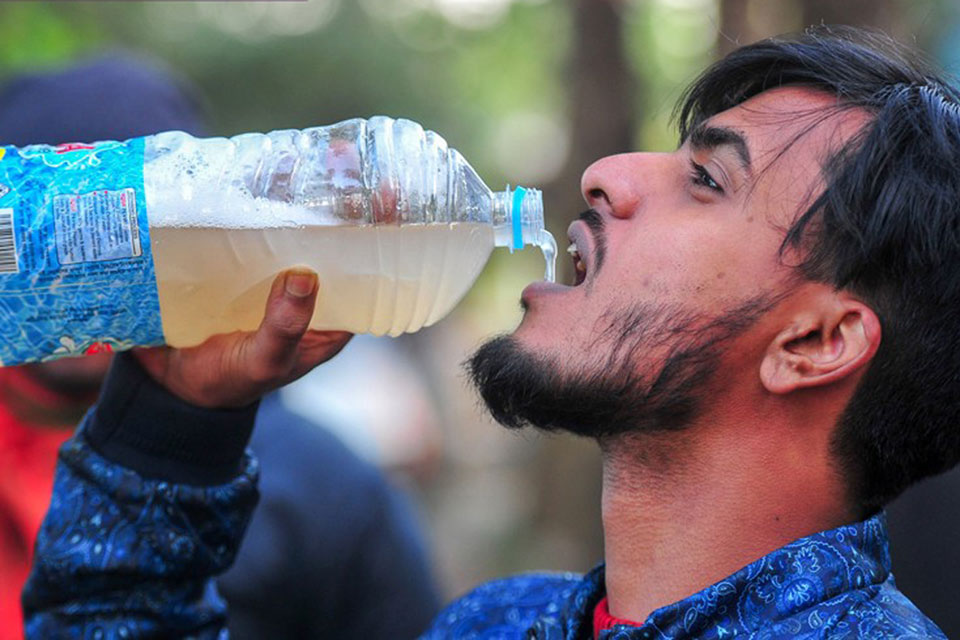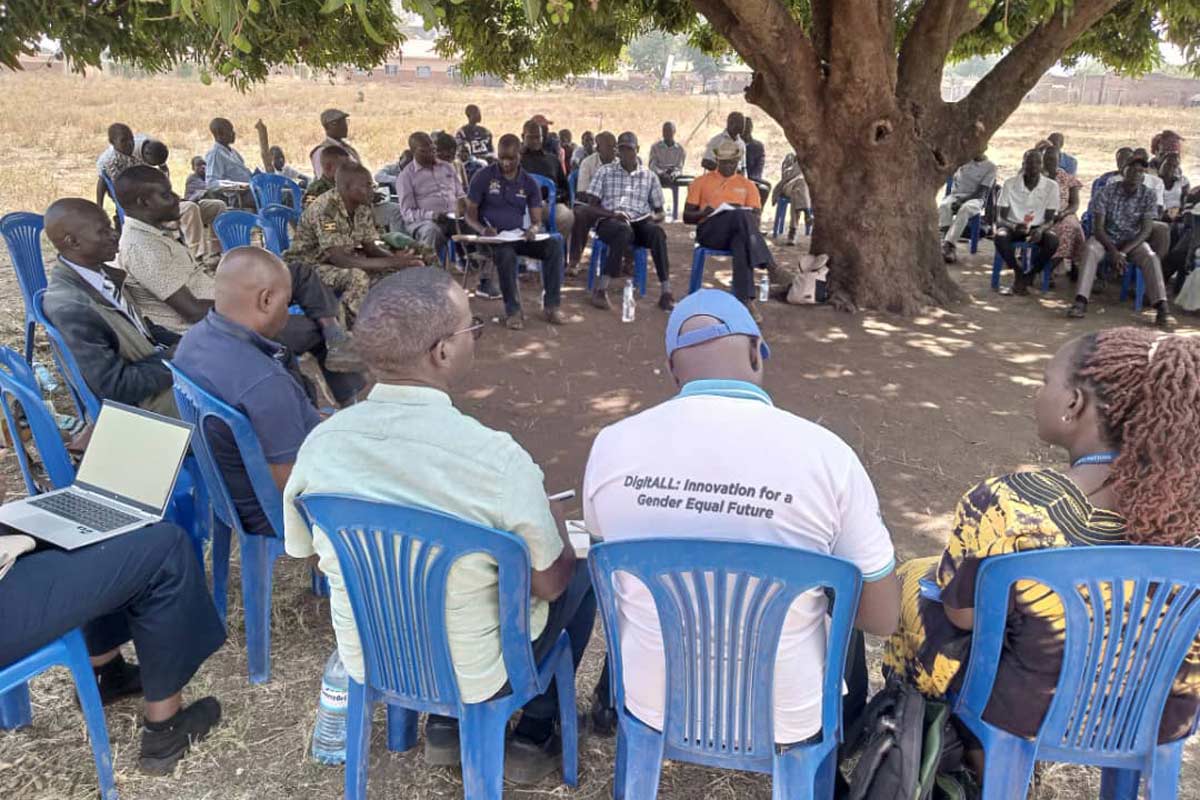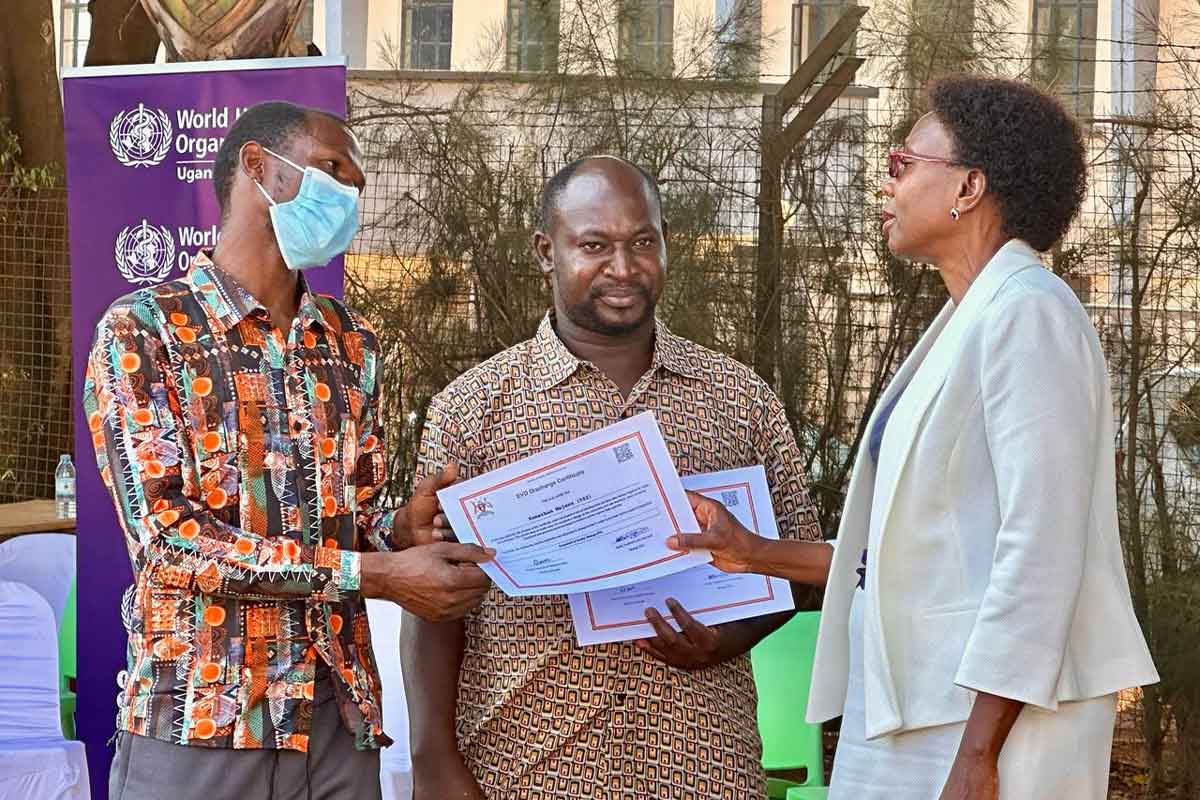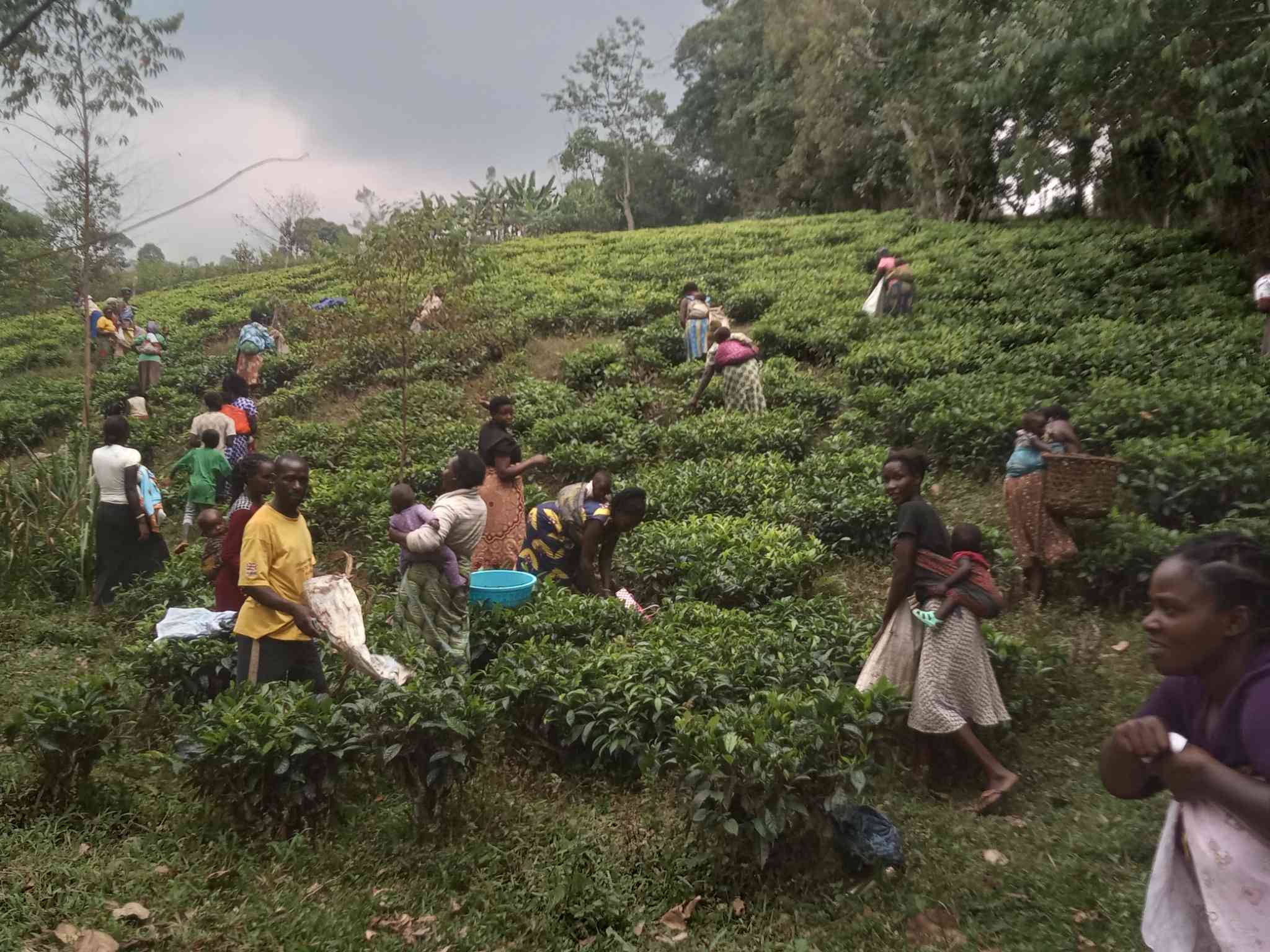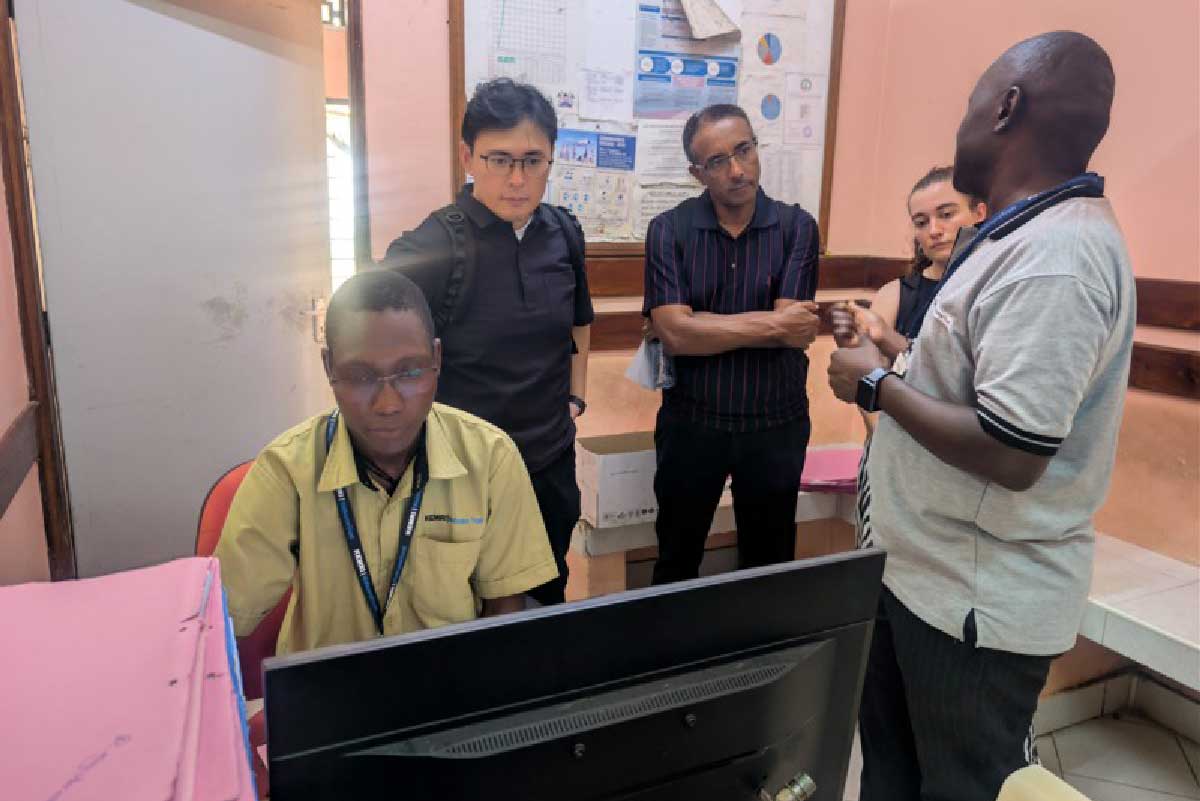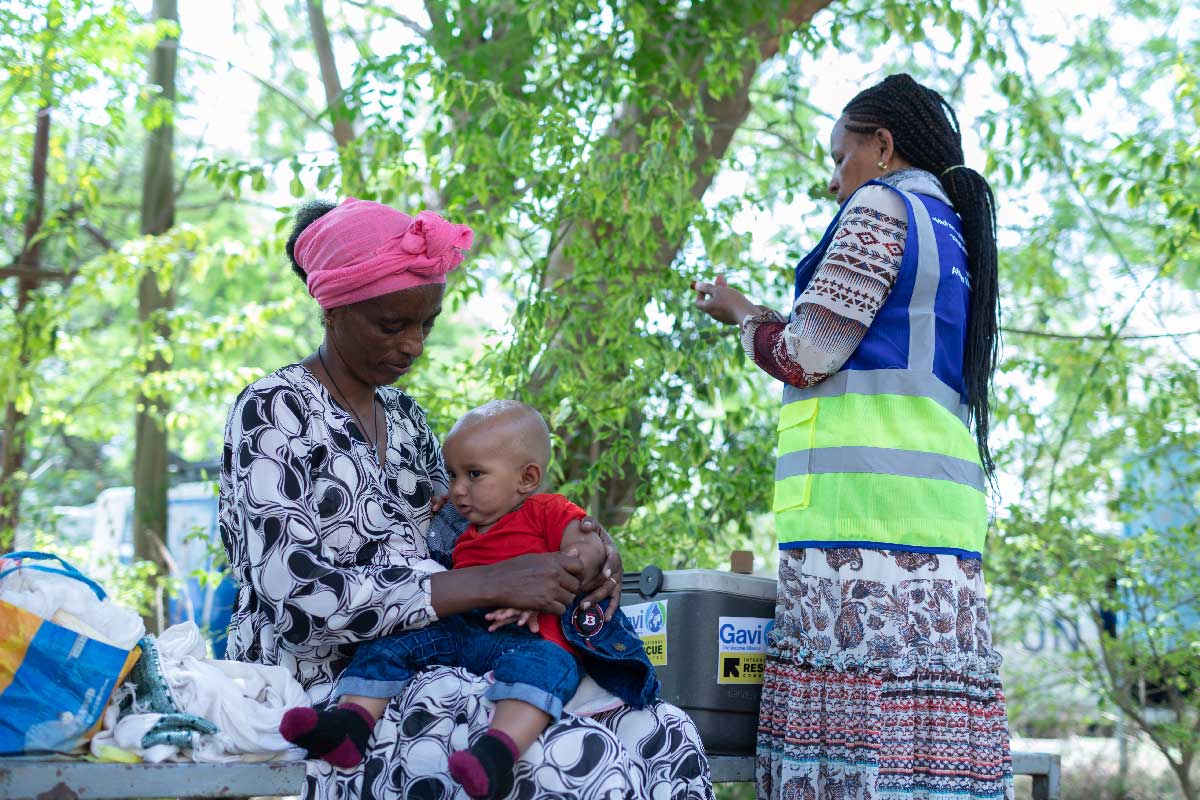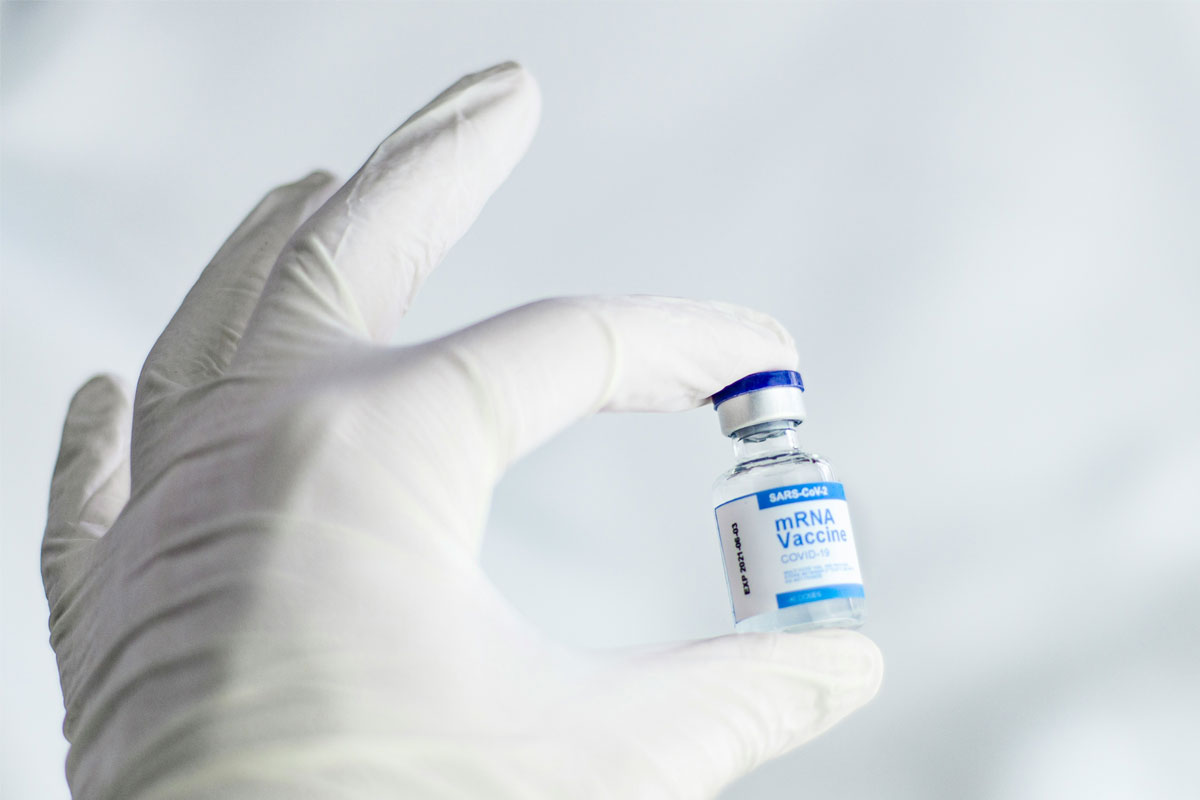How the malaria vaccine came to the world’s most mosquito-bitten district
After recording the most infectious mosquito bites globally – estimated at 1,500 per person a year – Uganda’s Apac district is rolling out the malaria vaccine to babies and toddlers.
- 13 June 2025
- 7 min read
- by John Agaba
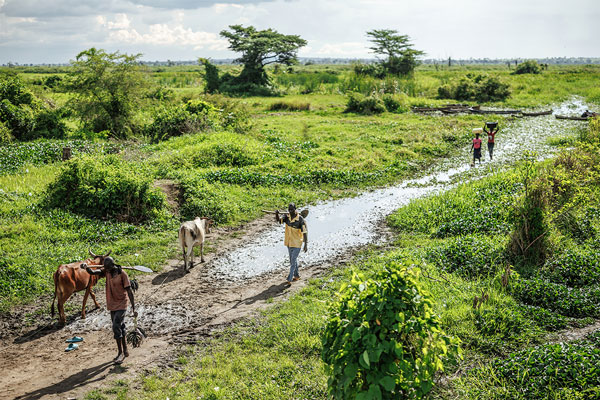
Dr James Odongo sat eating greens at a restaurant in Apac district in northern Uganda when his phone rang. The Ministry of Health had included Apac on its list of the 105 hard-hit districts that would be included in the first roll-out of the new malaria vaccine.
Odongo – who is the health officer for the district – felt ecstatic. Malaria, a leading cause of death in Uganda and most of Africa, had killed 41 children under five years in the district in 2024. This vaccine had been proven to help avert the severe forms of the disease that are responsible for most childhood malaria fatalities.
He put his spoon down, opened the notes app on his phone, and typed outa few things. He would call a meeting with his health workers, village health teams (VHTs), and district community leaders the following Monday, and draw up a plan to roll out the vaccine.
“The Ministry and WHO had set most of the guidelines for the roll-out exercise, including a directive that the vaccine be integrated into routine immunisation,” said Odongo in an interview with VaccinesWork. “But we wanted to familiarise our nurses and other health educators with details about the vaccine – and why it is administered in four doses (at 6, 7, 8 and 18 months) to give children optimal protection.”
“We wanted our nurses and other frontline health workers to understand how the vaccine worked so they could explain it to mothers and other community leaders,” he said. “We wanted to get on top of any misinformation that could cause hesitancy, and encourage mothers to bring their eligible children for the vaccination.”
Apac can’t wait
Odongo and team conducted an aggressive, thorough community awareness campaign to let people know that vaccine would soon be available, and how the ground-breaking antigen would soon help to tamp down the incidence of severe malaria in children under five years.
But unknown to Odongo and team, most of the mothers and community leaders in the district were as enthusiastic about the vaccine as the health professionals were, and looking forward to the roll-out.
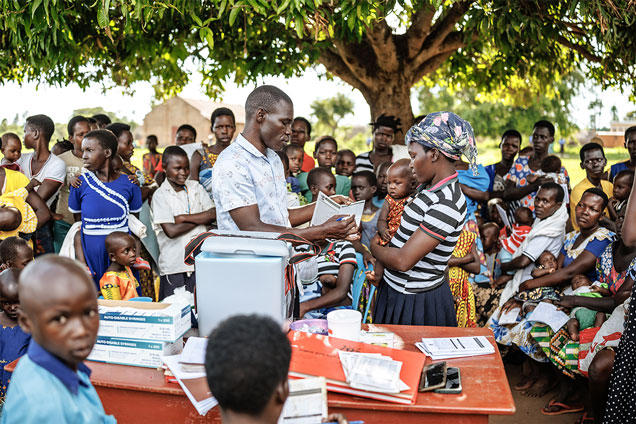
The community’s eagerness was evident when the Ministry, in partnership with Gavi and the World Health Organization, launched the vaccine in the district on 2 April. Hundreds of mothers and community leaders from across the country and district thronged the function, presided over by Minister of Health Dr Jane Ruth Aceng, seeking the jab. For many of them, there weren’t enough hours in the day: health workers could only vaccinate 245 children before it got dark.
Holiver Atim, whose baby was vaccinated that day, said she wouldn’t have missed out on the opportunity – not after losing her firstborn to malaria. “I was one of the first people to arrive at the venue that day,” she said. “Malaria has taken so much from our family. So, if there was a chance that the vaccine would protect my other child, I wanted him to have it.”
Hard-bitten
A study published in the Open Journal of Statistics shows that Apac has the highest number of infectious mosquito bites globally, estimated at 1,500 per person a year – the reason the district also posts one of the highest malaria incidence and death rates in the country.
Have you read?
Figures from the Ministry of Health show that Apac has a malaria prevalence of 66.4%, while approximately seven in ten people in the district who present with common malaria symptoms including fever and headaches actually test positive for the disease.
This is in significant part because of swamps and other water bodies that make about 50% of the district, and are perfect breeding grounds for the female Anopheles mosquitoes that carry the malaria-causing parasite.
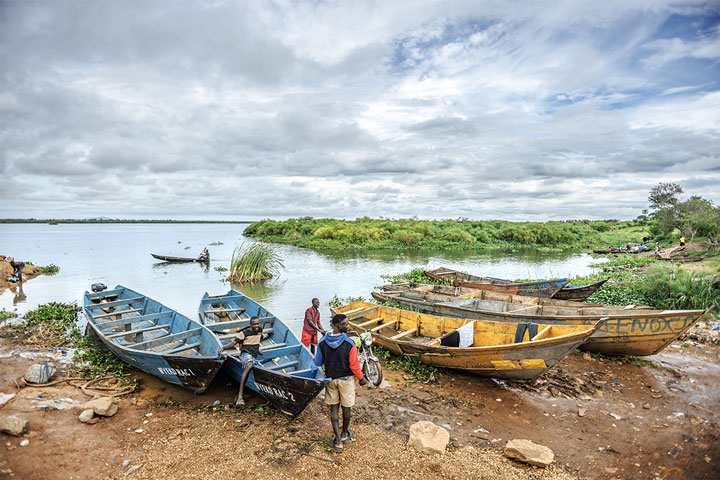
“Malaria is such a big burden here,” said Odongo. “It is the leading cause of severe illness and death in children under five years. We have a slight drop in cases during the dry season, but when the rains return and the swamps are saturated, cases surge right back.”
A ‘godsend’
The vaccine is a godsend, he said. The Ministry allocated an initial volley of 7,700 doses of the R21/Matrix-M vaccine to the district – although it targeted to vaccinate at least 9,225 children. As soon as Odongo and team received the vaccine they integrated it into the district’s routine immunisation so nurses at each of its 19 vaccinating health facilities could administer the shot alongside other antigens.
But it is the response from mothers in the district that’s been overwhelming. “Lots of mothers from across the district have embraced the vaccine’s roll-out like their lives depended on it,” said Mary Erong, a nursing assistant at Apac Municipality’s child and maternal health clinic. “We started to administer the vaccine after April 2. But every day, Monday to Friday, we register more than 20 mothers who come to the health facility seeking the vaccine.”
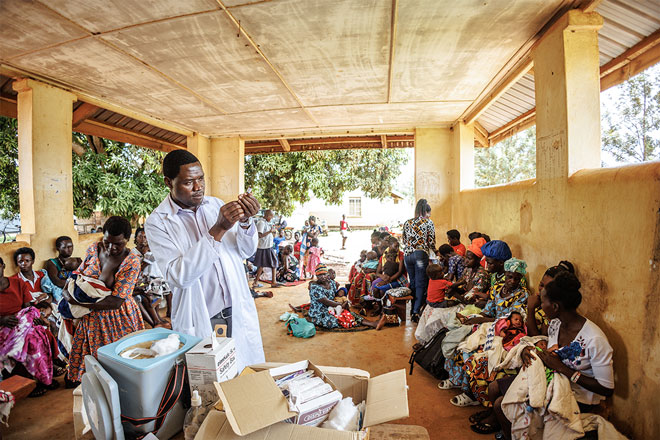
“Some even show up with their older children (older than 18 months) and we have to send them back,” said Erong as she drew a dose of the malaria vaccine into a syringe and expertly injected a baby on its right shoulder. It is a similar situation at several health facilities in the district.
“More mothers are seeking the vaccine because they see it as a magic bullet that will boost their babies’ immunity and stop them developing severe malaria,” said Doreen Akuno, immunisation focal person for Lango sub-region, which includes nine districts in northern Uganda. “Magic bullet” is an overstatement – in fact, health authorities recommend “layering” the vaccine with older prophylactic tools, like bed-nets and seasonal chemoprevention. But the vaccine is the first new weapon against the age-old scourge.
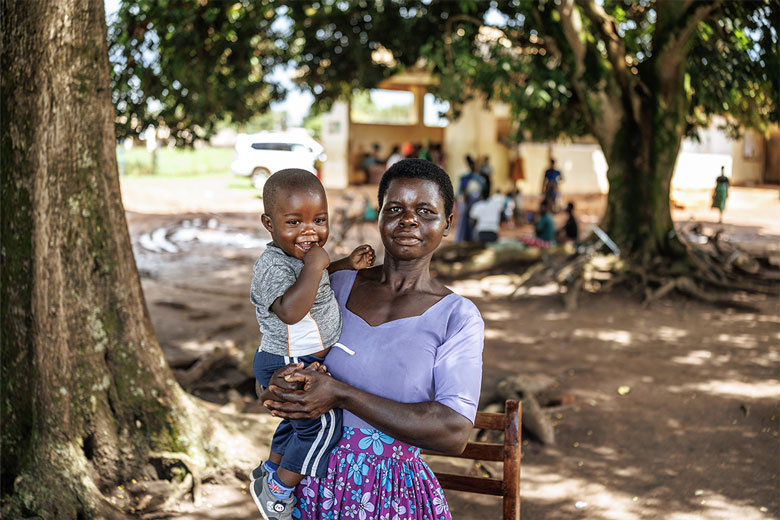
“We are seeing a tremendous demand for the vaccine, not only in Apac, but in most of the 105 high and moderate transmission districts that have rolled out the antigen. In fact, in most of these areas, the fear is that they will deplete the doses before every eligible child has been vaccinated,” said Akuno. “For instance, three parishes in Kole district, also in northern Uganda, have already utilised their allocated vaccines.
The Ministry of Health distributed just under 2.3 million doses of the vaccine early this year, with the initial goal of reaching 1.1 million children under two years in 105 high and moderate transmission districts across the country. But it plans to expand the roll-out countrywide.
Optimism on the frontline
It’s not just mothers who are enthusiastic about the vaccine. Moris Ogwang, registered nurse and deputy in-charge of the paediatric ward at Apac General Hospital, is looking forward to seeing a change in the grim statistics he records daily.
“We admit about 20 kids a day. But of these, 18 are usually because of malaria,” said Ogwang in an interview with VaccinesWork. “Sometimes we get babies who are barely weeks old, and they have severe malaria and pneumonia and need to be transfused.”
“The vaccine will help to stop such complicated cases,” he said. “It may may not prevent children from contracting malaria, but it will help to build their immunity and stop severe forms of the disease, which are our biggest challenge, really.”
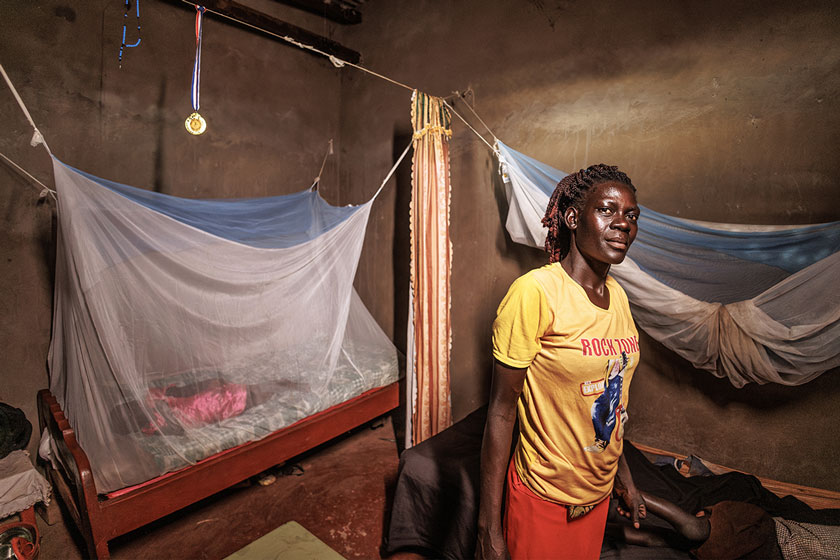
Aceng made the same argument during the 2 April launch. She said that the vaccine was expected to prevent at least 800 cases of severe malaria in children every day. The vaccine is also anticipated to ease the financial burden imposed by the disease, saving families at least 15,000 Ugandan shillings (US$ 4.18) per case.
“We might not realise its impact immediately, but in a year or two, people will see its benefit,” she said.
Odongo is likewise optimistic. “I am positive that with the introduction of the malaria vaccine, alongside other preventive measures, like the use of treated mosquito nets, integrated community case management of malaria, and larviciding, we shall reduce cases of children who die of malaria,” he said.
More from John Agaba
Recommended for you
